UC Gardening Blogs
Showcasing and Celebrating a Day of Science: UC Davis Biodiversity Museum Day
The "best-kept secret" is no more. Well, it's not so much as a "best-kept secret" but a "UC Davis...
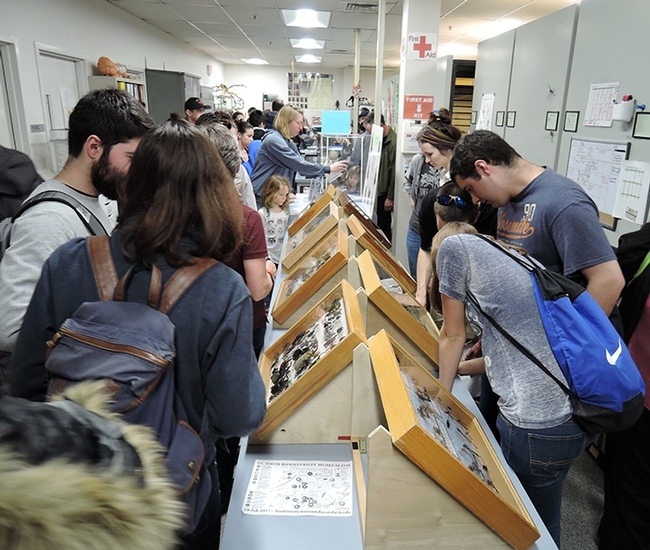
Thousands attended the UC Davis Biodiversity Museum Day; a video is now posted on YouTube. Here visitors check out the displays at the Bohart Museum of Entomology. The 2019 Biodiversity Museum Day is set Feb. 16. (Photo by Kathy Keatley Garvey)
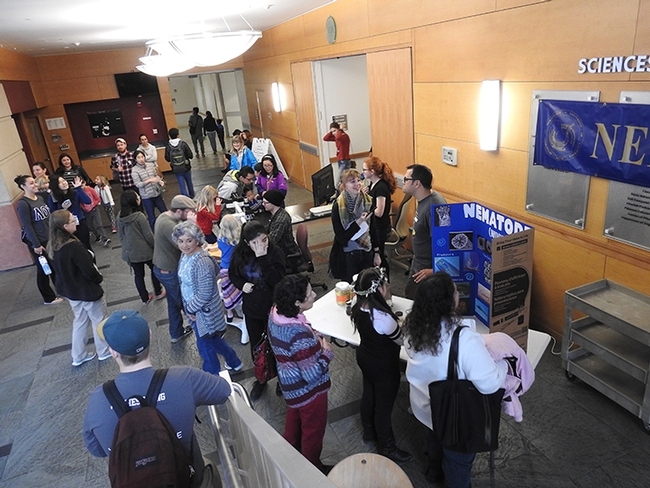
Visitors at the recent UC Davis Biodiversity Museum Day learned all about nematodes. (Photo by Kathy Keatley Garvey)
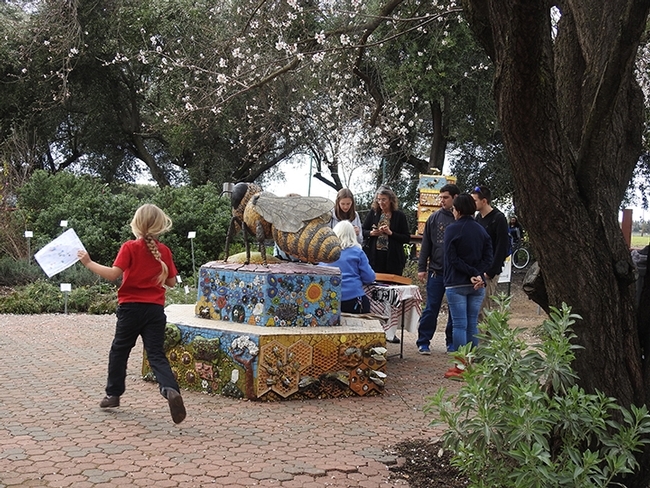
The UC Davis Biodiversity Museum Day draws an annual crowd at the Häagen-Dazs Honey Bee Haven, a bee garden operated by the UC Davis Department of Entomology and Nematology. (Photo by Kathy Keatley Garvey)
Sorry, This Blossom Is Taken
So here's this male longhorned bee (Svastra) sipping a little nectar from a Mexican sunflower...
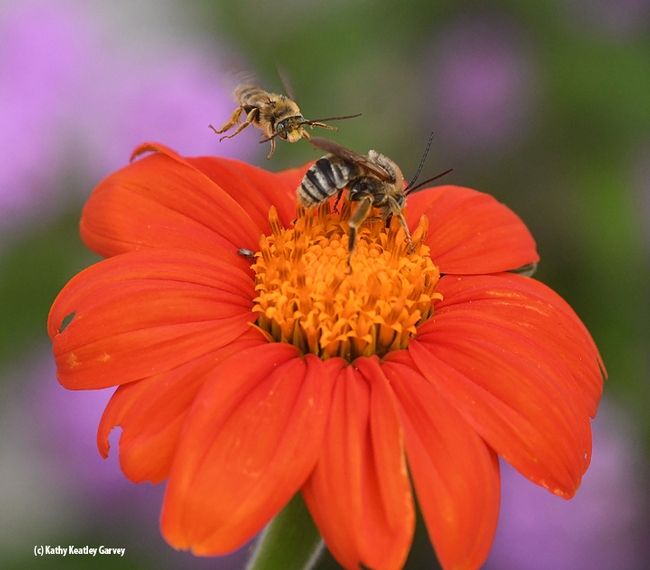
A male Svastra dive-bombs another male on a Mexican sunflower (Tithonia). This image was taken with a fast shutter speed of 1/3200 of a second. (Photo by Kathy Keatley Garvey)
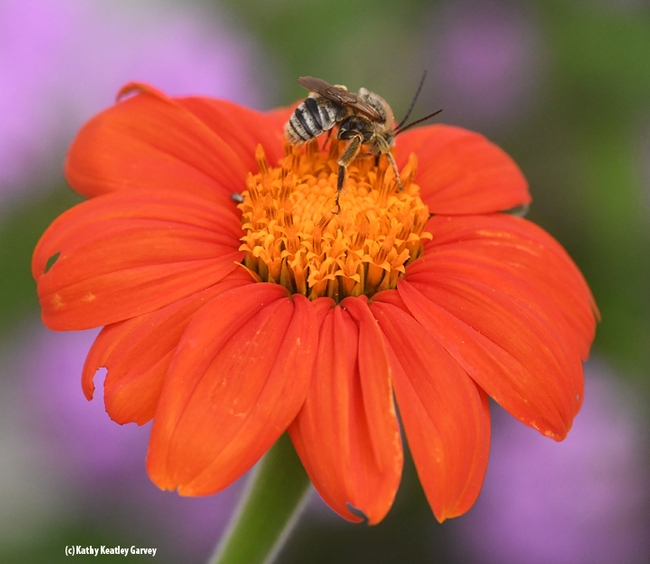
Following the dive-bombing, the male Svastra kept occupying the blossom. (Photo by Kathy Keatley Garvey)
Answers to Your Gardening Questions
Do you know
- the many advantages of weeds?
- how to identify the type of turf you have?
- what Sunset zone you live in and what that means for gardening?
- safe alternatives to pesticides?
- how to prune an overgrown fruit tree?
If you answered no to any of these questions, you may want to visit (or revisit) the UCCE Master Gardeners of Solano County website at http://solanomg.ucanr.edu/. Solano gardeners can find a wealth of gardening advice and solutions to garden problems on the website.
If you are new to the county, or a long time resident who decided to take up gardening, there's a link to Gardening in Solano County where you'll find the growing season and Sunset zone for the city in which you reside. From there, you'll want to proceed to the section on Home Vegetable Gardening. There you'll find not only information on growing vegetables, but you can also find the ever useful Vegetable Planting Guide. Prepared by Dr. Robert Norris, UC Davis Department of Plant Sciences, for the 29 vegetables included the guide provides information on the preferred time to seed in a protected environment, the preferred time to direct seed, and the preferred time to transplant.
If you have a fruit or nut tree, or berry growing in your yard, be sure to check out the Your Backyard Orchard section of the website. Fact sheets provide useful data on specific types of nut and fruit trees. You can find instructions on what needs to be done in your home orchard by season. Plus there's information on how to train, prune and thin the trees, and even how to prune overgrown fruit trees.
Be sure to check out the Landscape Trees section for tips on managing your trees, from pruning them to selecting a tree care professional. And if you decide to add a tree to your landscape, there's a range of information from selecting and planting a tree, to staking and training the tree.
If you have a lawn, find useful lawn watering guidelines in the Lawn Care section. Don't know what type of turf you have? No problem. There's a key to help you identify your turf in this section. You'll also find additional information ranging from managing lawns in the shade, to issues involving dogs and lawns.
Unfortunately with every yard involving greenery, there are bound to be problems from time to time. These problems usually involve weeds, pests, or plant diseases. To manage weeds, you first need to know the type of weed plaguing your yard, and their life cycle. The Weed Management section of the website will provide you with the information you need. You'll also discover the advantages of weeds in this section,
If pests are giving you a headache, check out the Pests of the Home and Garden section. From identifying to controlling specific pests, to hiring a pest control company, you'll find the answers to your pest control questions in this section. You'll also find information on beneficial insects.
For information on tree, flower, lawn or other plant diseases, don't forget to check out the Plant Disease section. If you grow vegetables, you can find plant diseases by specific vegetable.
Much more information can be found on the website, including how to care for your yard and garden in a drought, to how to effectively compost. And if you still have a gardening question, you can contact the Master Gardener Hotline for an answer. You can find out how to contact the hotline on the website.
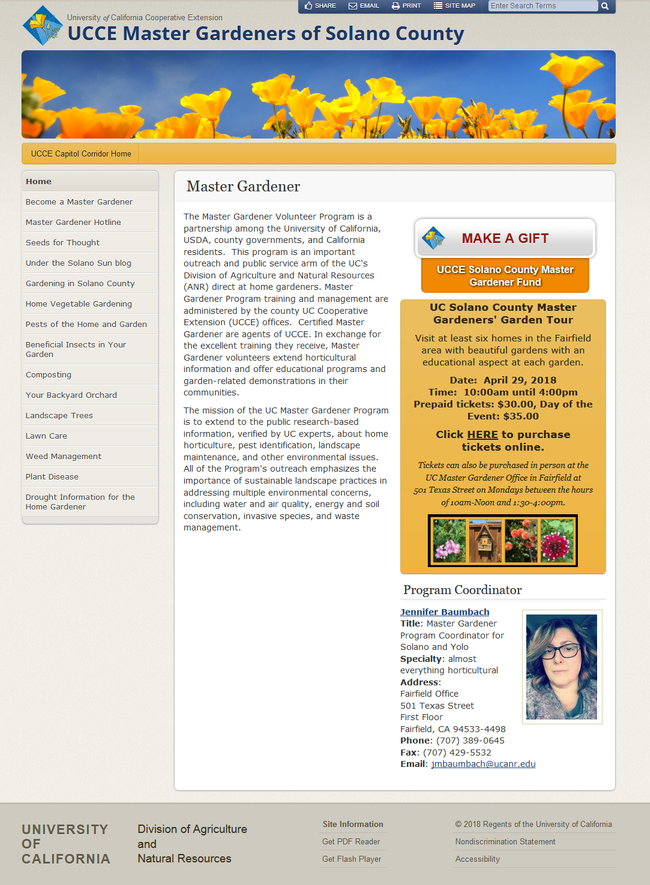
Screenshot of the UCCE MG website. (photo by Kathy Low)
Rat Management in School and Community Gardens
It is important for food-safety reasons to manage rats in school and community gardens. Rats and...
Ready for Moth Night at UC Davis?
Are you ready to celebrate Moth Night at the Bohart Museum of Entomology at the University of...
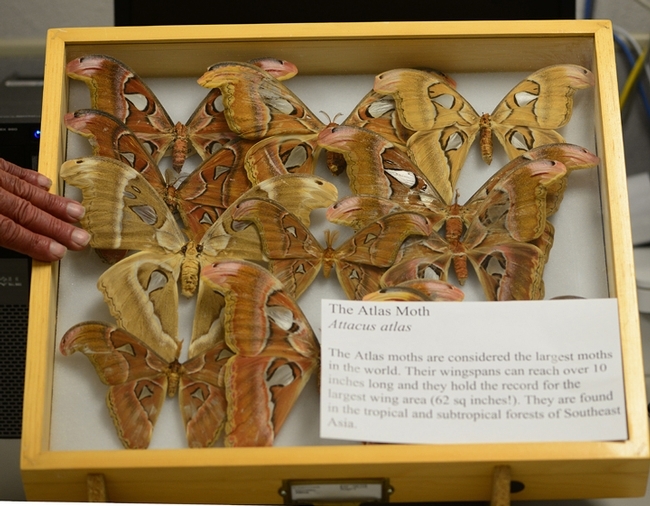
These are Atlas moths (Attacus atlas), found in the rain forests of Asia. This moth has a wingspan that can measure 10 to 11 inches. (Photo by Kathy Keatley Garvey)
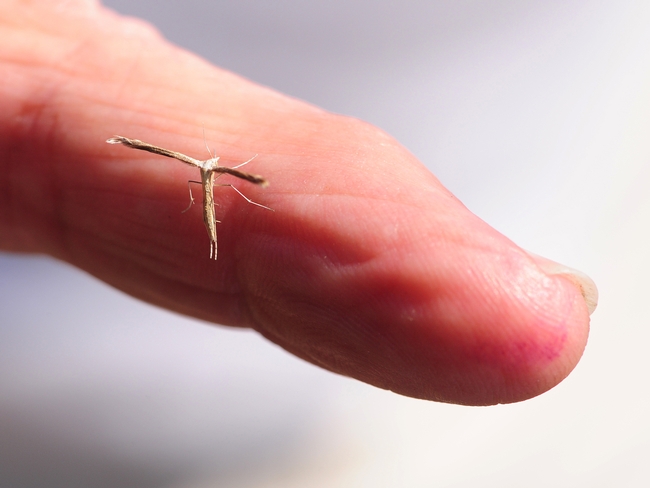
This is a pterophorid plume moth, family Pterophoridae. (Photo by Kathy Keatley Garvey)
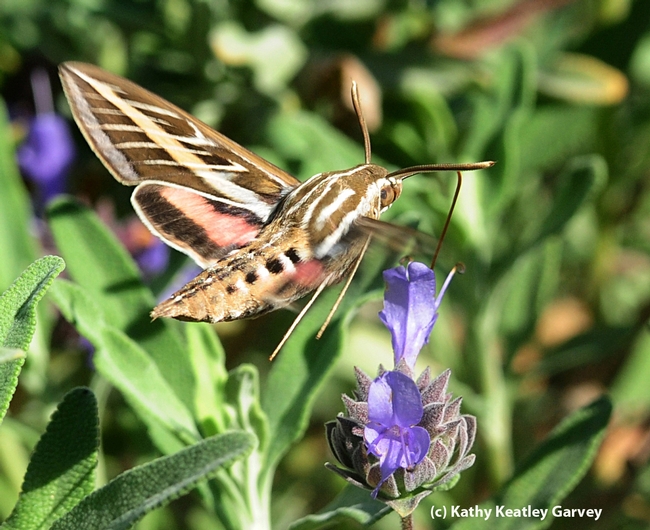
This is a white-lined sphinx moth (Hyles lineata). (Photo by Kathy Keatley Garvey)
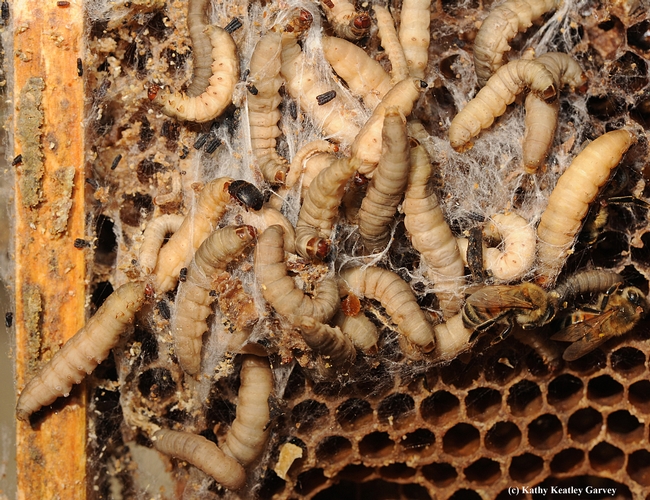
The wax moth enters beehives at night and lays its eggs. These are wax moth larvae (with a few hive beetles). (Photo by Kathy Keatley Garvey)



